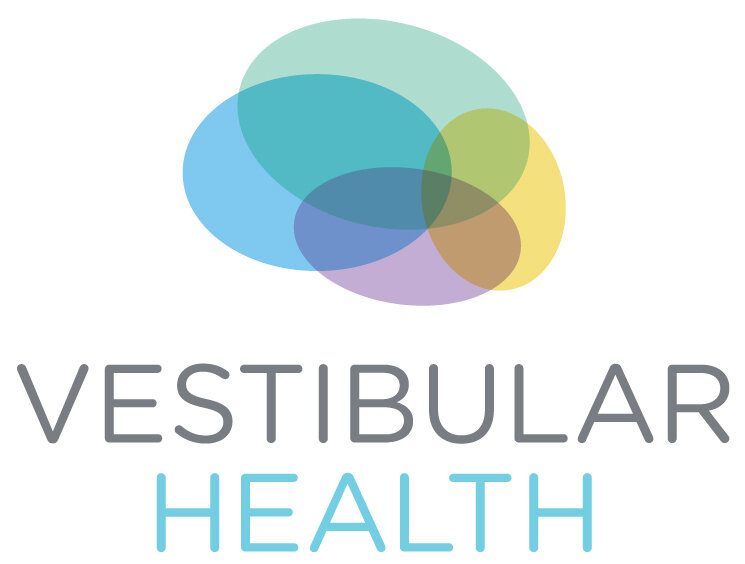Rare vestibular conditions
Dizziness, vertigo, and balance problems are relatively common, but there are some uncommon vestibular disorders that can cause these symptoms. Learn more with this series of articles on rare vestibular conditions and the role of vestibular rehabilitation.
Superior semicircular canal dehiscence (SSCD or SCD) is caused by thin or absent bone over the superior semicircular canal of the vestibular system. Symptoms include vertigo triggered by loud sounds or changes in pressure, pulsatile tinnitus, hearing your eyes move, and hearing your own voice and body sounds too loudly.
Vestibular paroxysmia is caused by compression or irritation of the vestibulocochlear nerve - the cranial nerve responsible for hearing and balance. Symptoms include frequent spontaneous attacks of vertigo lasting a minute or less.
Neurofibromatosis type II (NF2) is a rare genetic disorder that causes problems with balance and walking due to benign tumours on the nerve of the inner ear, affecting both ears. Other symptoms include dizziness, tinnitus, hearing loss, and facial weakness.
Vestibular schwannoma or acoustic neuroma is a benign or non-cancerous tumour affecting the vestibulocochlear nerve. Symptoms include hearing loss, tinnitus, dizziness, and balance problems.
Cerebellar ataxia with bilateral vestibulopathy (CABV) causes problems with coordination, eye movement, and balance. It is a condition that affects the brain and vestibular system.
Cerebellar ataxia with neuropathy and vestibular areflexia syndrome (CANVAS) affects the brain, nerves, and vestibular system. It causes problems with coordination, balance, and walking, as well as numbness, weakness, and eye movement abnormalities.
Our experienced physiotherapists have advanced training to recognize and provide effective management of vestibular disorders. We offer comprehensive assessment and treatment at our downtown and east Toronto clinic locations, and online with virtual care Ontario-wide.
Not sure if vestibular rehab is right for you? Get in touch to talk to our team.
